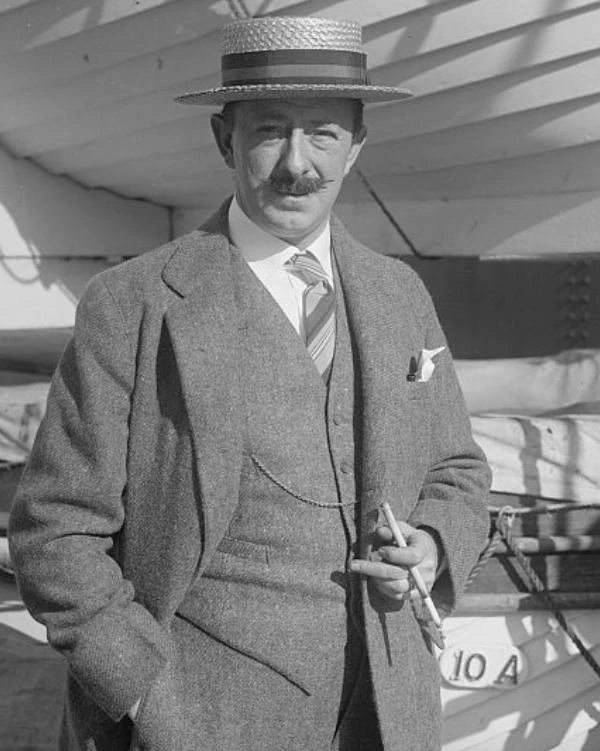Last updated: June 13, 2023
Person
Frederic C. Hirons

Courtesy Library of Congress
Born in England in 1882, Frederic Charles Hirons came to the United States in his youth. He graduated from MIT in 1903 and studied at the Ecole des Beaux Arts in Paris. After completing his studies in France, he returned to the United States where he opened an architectural practice in New York with Ethan Allen Dennison. The firm of Hirons and Dennison was responsible for Davidson County Courthouse in Nashville, several bank interiors throughout New England, and the Childs Restaurant at Coney Island.
Hirons was the founder of the Beaux Arts Institute of Design in New York City and was a professor of architecture at Columbia University between 1922 and 1926. His most notable works are the War Memorial Auditorium in Worcester, Massachusetts, the Beaux Arts Institute of Design in New York City and the George Rogers Clark Memorial in Vincennes, Indiana.
The George Rogers Clark Memorial is among the last major Beaux-Arts style public works in the United States, completed in 1933. Hirons won the commission to design the monument by submitting the best design that fit the stringent requirements of the National Commission in Washington. His design incorporated Doric columns like those used on the Lincoln Memorial, a round structure with a tall statue that was later copied by the designers of the Jefferson Memorial. The unique interior showcases paintings depicting scenes from the winning of the Old Northwest.
The memorial was built in just two years, from 1931 – 1933, by W. R. Heath of Greencastle, Indiana to the specifications set down by Frederic Hirons. As an architect, Hirons continued to design other structures and memorials either as a partner of a firm, or on his own until 1940. He passed away in 1942, but left behind a legacy of Beaux-Arts buildings, many of which still stand today.
